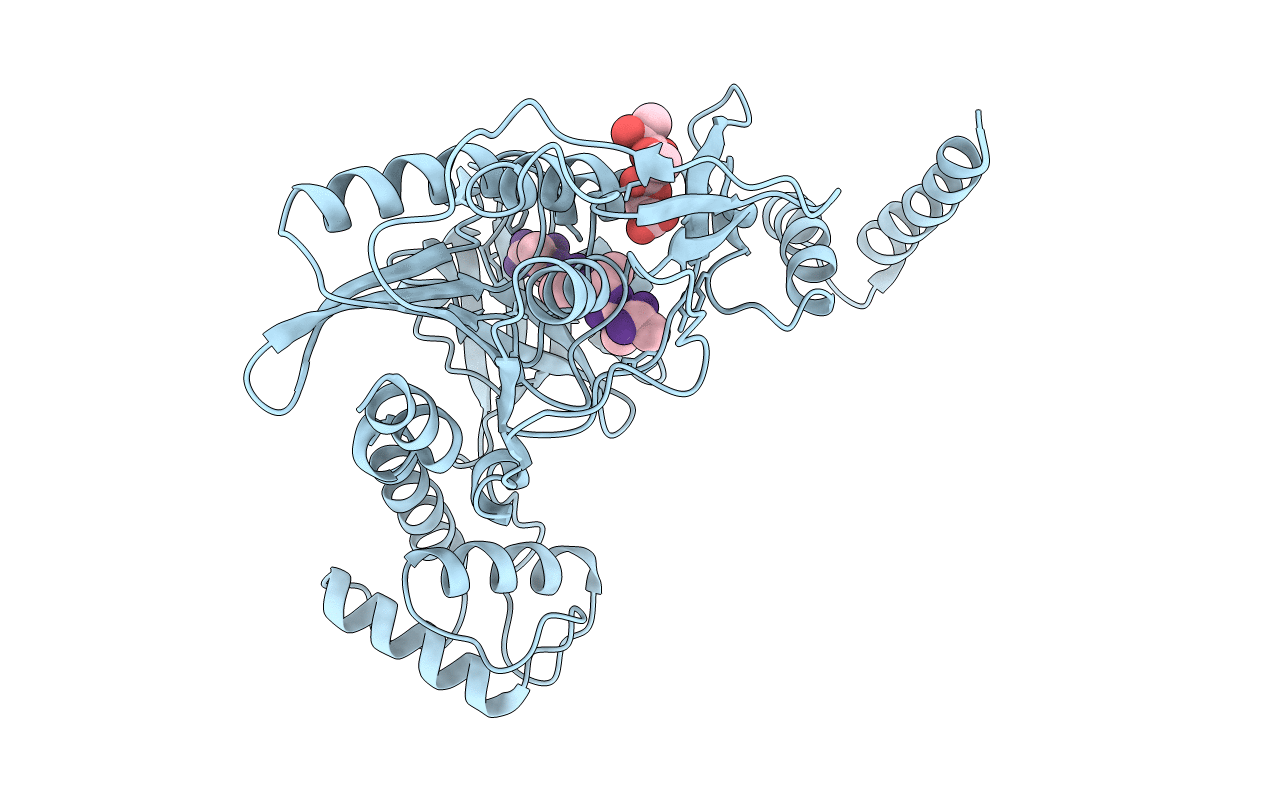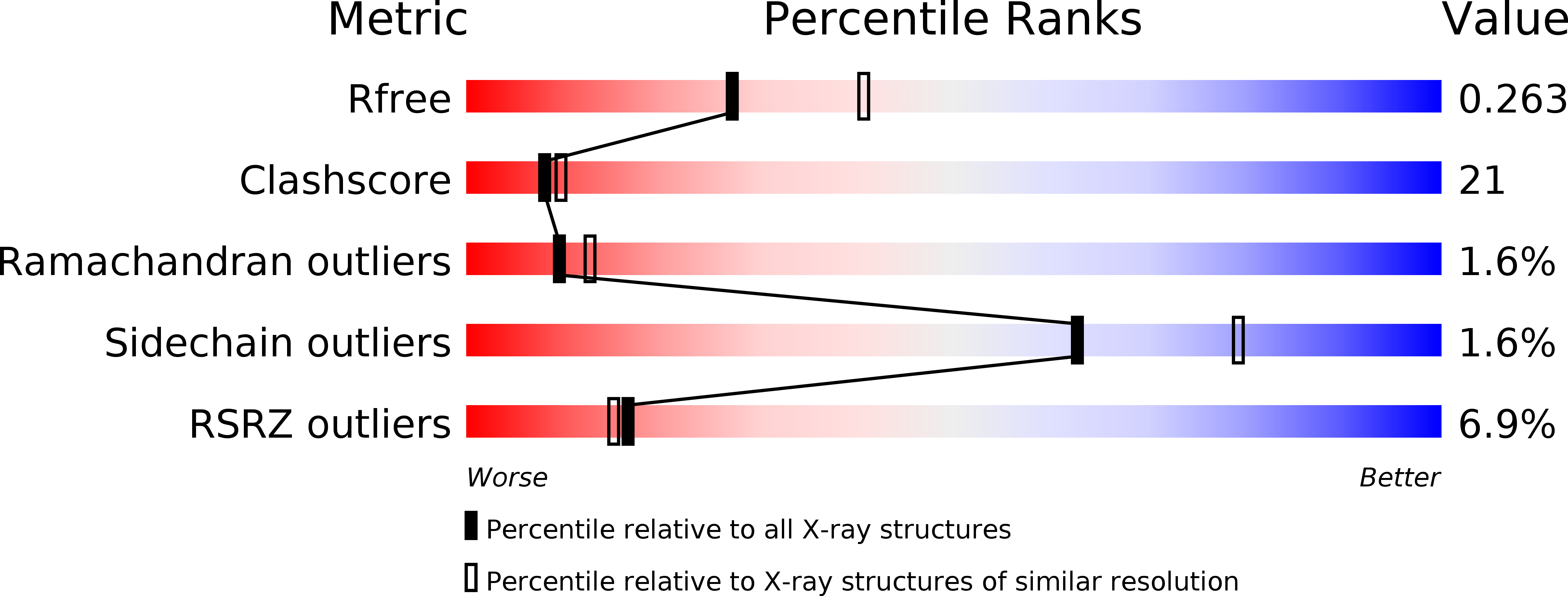
Deposition Date
2013-08-17
Release Date
2013-12-04
Last Version Date
2024-11-13
Entry Detail
PDB ID:
4C2F
Keywords:
Title:
Crystal structure of the CtpB R168A mutant present in an active conformation
Biological Source:
Source Organism:
BACILLUS SUBTILIS SUBSP. SUBTILIS STR. 168 (Taxon ID: 224308)
ESCHERICHIA COLI (Taxon ID: 511693)
ESCHERICHIA COLI (Taxon ID: 511693)
Host Organism:
Method Details:
Experimental Method:
Resolution:
2.40 Å
R-Value Free:
0.26
R-Value Work:
0.21
R-Value Observed:
0.21
Space Group:
P 32 2 1


